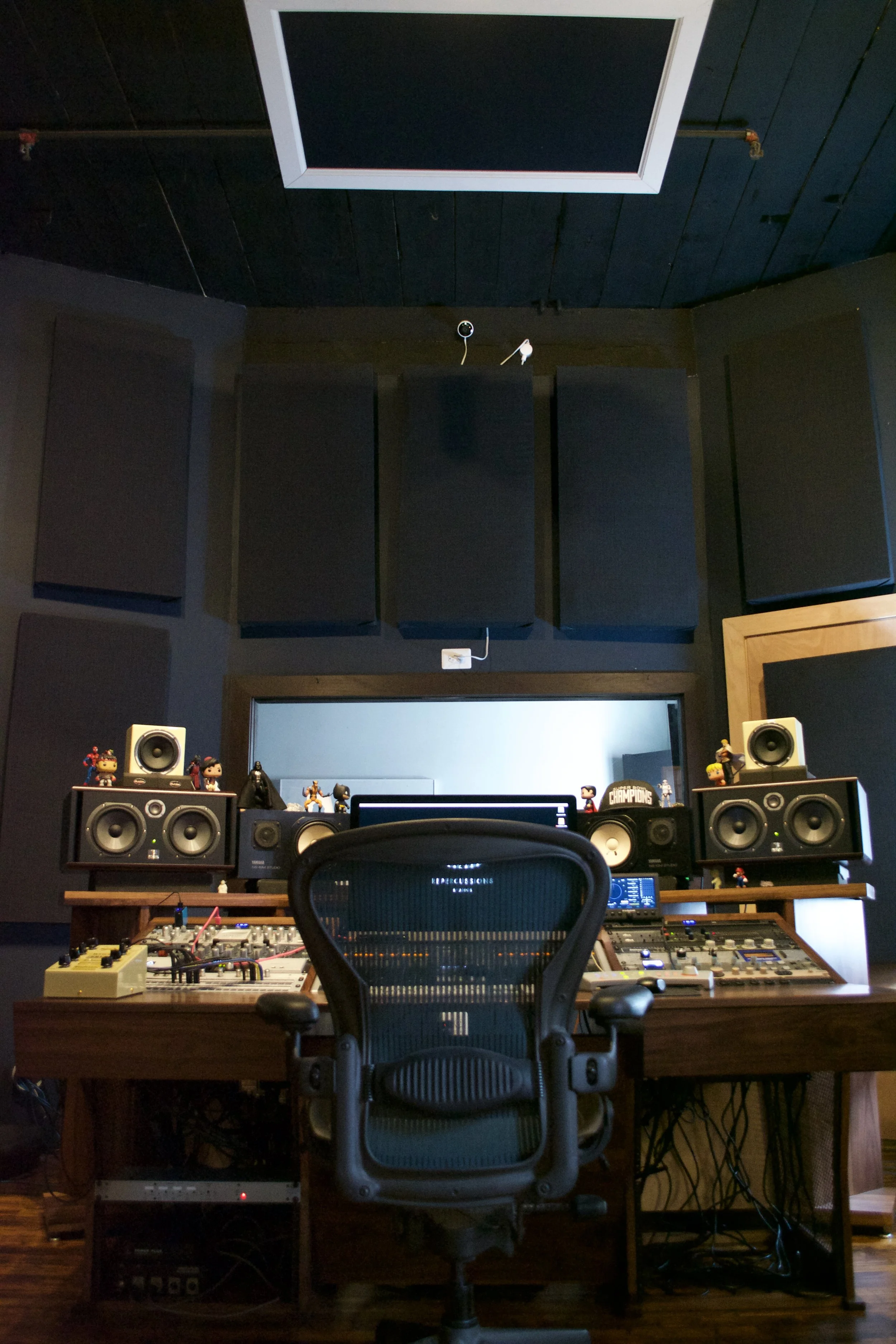TIP: Opened back and Closed back headphones. Opened back headphones are great for tracking mixing as are closed back headphones. here are some reasons why one would choose one over the other or vice versa. This is purely a preference thing over what is better. Opened back headphones though they may cause some bleed are great for tracking because it gives the singer a more natural sensation of their surroundings and allows them to hear their "natural" sound better. Often times you'll see a singer with closed back headphones take one ear off to accomplish this same purpose. Closed back headphones prevent bleed into the track; hence in modern music most producers appear to prefer this. Another plus is that opened back headphones also are less fatiguing on a person's ears and typically weigh less. Hence it can allow an engineer or a performer to wear them longer without fatigue and strain. Off the top of my head these are a few of the reasons why one would go with one over the other. Do you know any other reasons why someone would choose one over the other???
Viewing entries tagged
recordig
Tip: I thought the headphone post was a little weak so here's another one... Mixing drums. tuning drums is essential to live recording; However its not always done right or beatmakers will just throw on any ol drum set. If you want your drums to feel locked in and sounding super tight, try an boosting an eq using the key of the song. Using plugins like "rbass" or just a standard eq and add frequencies in the key of the song. If the song is in C try and find the frequency that would enhance that. Using 5ths or the tonic depending on what sounds good or even subtracting the tritone could help your drums sound more in sync with the music. Country music uses this trick a lot, and sometimes the over use of this can make it the drums sound stale. Use it with discretion. Happy music making
Tip: gain stage. If you don't know what this is you need to. This is the most important and fundamental element to a good mix. With the digital age 24 bit depth and 32 float you have a huge room for error but we neglect to realize that our plugins (esp hardware emulations) will distort like the hardware. If you want that gritty sound by all means go for it. But more often than not clarity is the key. Your introducing harmonics and distortion that appear inaudible when you solo a track but across your whole session it will build up. Without the fundamentals down everything else will fall apart. Remember to gain stage before you touch any faders or effects. Happy music making!
Tip: for you hip hop producers. a common mistake producers make when making a beat is using the same velocity on your midi sample throughout the whole song. The most noticeable is your kick.
Try this. Use a different velocity for your kicks. Find your accent kick and make that 127. Then try to bring the rest down to 110 or other less important kicks to 90 or more. Try to create a groove. Another way of accomplishing this is to pitch down the kicks. A simple volume ride might also do the trick as well. But there are scenarios that each benefit from. Try all three and find out what you like best.
Another tip when your using a drum sample, with midi drums on top. For clarity sake, say you use a 70s funk drum intro you sampled from your moms vinyl collection and on top you have some 808 and 909s. Throw a delay on your sample. Something subtle so that it accents the groove. A 8th delay usually will do the trick. But experiment with other times. Or even triplet or dotted delays. Ping pong delays even. When you do this low pass and high pass the delay so that it isn't super audible. It should give a sensation that it moves.


